Struggling with acne? Many people wonder if saunas can help improve their skin. In this guide, we’ll explore the link between sauna use and acne, plus tips for maximizing results.
Table of Contents:[hide]
What Is Acne and What Causes It?
Acne is a common skin condition caused by clogged pores, excess oil production, dead skin cells, and bacteria. Factors like hormonal changes, diet, stress, and improper skincare can also trigger breakouts.
The most common types of acne include:
-
Blackheads and whiteheads: Caused by clogged pores.
-
Papules and pustules: Inflamed pimples that may appear red and tender.
- Cysts: Deep, painful pimples that often lead to scarring.
Understanding what causes your acne helps you choose the right treatment—saunas included.
The Benefits of Saunas for Acne
So, does sauna help with acne? Yes, in many cases, regular sauna use can improve skin health. Here’s how:
-
Opens Pores and Deep Cleans
Heat and steam open your pores, making it easier to remove oil, dirt, and bacteria that cause breakouts.
-
Boosts Circulation
Increased blood flow delivers oxygen and nutrients to skin cells, helping with healing and regeneration.
-
Promotes Sweat Detoxification
Sweating helps flush out toxins and impurities, which may reduce acne-causing buildup.
-
Reduces Stress
Stress can trigger breakouts. Sauna sessions promote relaxation, which may indirectly prevent acne flare-ups.
A Step-by-Step Guide to Sauna Use for Acne
Follow these steps to get the most out of your sauna for acne treatment:
-
Clean Your Face First
Remove makeup and cleanse gently before entering the sauna.
-
Hydrate Beforehand
Drink water to stay hydrated while sweating.
-
Choose the Right Temperature
Aim for 150–170°F (65–75°C) for traditional saunas or 120–140°F (50–60°C) for infrared saunas.
-
Limit Sessions to 15–20 Minutes
Overexposure can irritate your skin and lead to dryness.
-
Rinse Immediately After
Wash your face with lukewarm water to remove sweat, oil, and impurities.
-
Moisturize
Use a lightweight, non-comedogenic moisturizer to keep skin hydrated.
Tips for Maximizing Sauna Benefits for Skin
-
Stay Hydrated: Replace fluids lost through sweat.
-
Use a Clean Towel: Always sit on a fresh towel to avoid bacteria transfer.
-
Avoid Touching Your Face: This prevents spreading bacteria during and after sauna sessions.
-
Exfoliate Weekly: Gentle exfoliation helps keep pores clear.
- Combine with a Skincare Routine: Use acne-friendly products with salicylic acid or niacinamide.
Can a Sauna Help Clear Acne?
Yes, a sauna can help clear acne over time. By opening pores, improving circulation, and promoting detoxification, regular sauna sessions can reduce breakouts.
However, results vary depending on:
- Your skin type
- Frequency of sauna use
- Other lifestyle factors like diet and stress management
Note: A sauna is not a cure for severe acne. Combine it with dermatologist-recommended treatments for best results.
Is Infrared Sauna Better for Skin Health than Traditional Sauna?
Both infrared saunas and traditional saunas can benefit your skin, but they work differently:
|
Feature |
Infrared Sauna |
Traditional Sauna |
|
Heat penetration |
Deep into skin and muscles |
Surface level |
|
Temperature |
120–140°F (50–60°C) |
150–190°F (65–90°C) |
|
Skin sensitivity |
Gentle, good for sensitive skin |
May irritate sensitive skin |
|
Detox effect |
Higher sweat volume |
Moderate detoxification |
Infrared saunas are generally preferred for acne-prone or sensitive skin because of their lower, more comfortable heat.
How Often Should I Use a Sauna for Skin Benefits?
For clearer skin, 2–3 sauna sessions per week is ideal.
- Beginners: Start with 1–2 times weekly, 15 minutes per session.
- Experienced users: Up to 4 sessions weekly, but avoid overuse to prevent skin dryness.
What Is the Best Sauna Temperature for Skin Health?
-
Traditional sauna: 150–170°F (65–75°C)
-
Infrared sauna: 120–140°F (50–60°C)
Lower temperatures are better for sensitive or acne-prone skin to prevent irritation.
Are There Any Risks of Using a Sauna for Acne or Eczema?
While saunas can benefit skin, there are some risks to consider:
-
Overheating: Can cause dehydration and redness.
-
Skin irritation: High heat may worsen eczema or rosacea.
-
Bacteria growth: Poorly cleaned saunas can harbor bacteria and mold.
-
Breakouts from sweat: Not rinsing after sauna use can clog pores and cause pimples.
Tip: Always shower and cleanse your skin after each sauna session to prevent irritation and breakouts.
What Skincare Routine Should I Follow After a Sauna Session?
After your sauna session, follow these steps for optimal skin care:
-
Cool Rinse: Gently rinse with lukewarm or cool water.
-
Gentle Cleanser: Use a non-drying, sulfate-free cleanser.
-
Toner: Apply a soothing toner with witch hazel or rose water.
-
Light Moisturizer: Hydrate with a non-comedogenic moisturizer.
- Optional Acne Treatment: Apply products with salicylic acid or benzoyl peroxide if needed.
Conclusion
So, does sauna help with acne? Absolutely—when used correctly. By opening pores, flushing out toxins, and reducing stress, saunas can be a valuable part of your skincare routine. Pair your sauna sessions with good hygiene and a dermatologist-approved treatment plan for the best results.
Whether you choose a traditional sauna or an infrared sauna, consistency and proper care are key to clearer, healthier skin.
Diana Mason
Hi there! I’m Diana Mason, the chief editor of Patiowell brand. With over 15 years of diving deep into the world of outdoor furniture, I’ve developed a keen eye for what makes outdoor spaces truly special. I love sharing tips and inspiration to help you create your perfect backyard retreat. Our blog is a reflection of my passion and expertise, featuring only the best pieces that I personally vouch for. Thanks for stopping by—I can't wait to help you transform your outdoor living space!

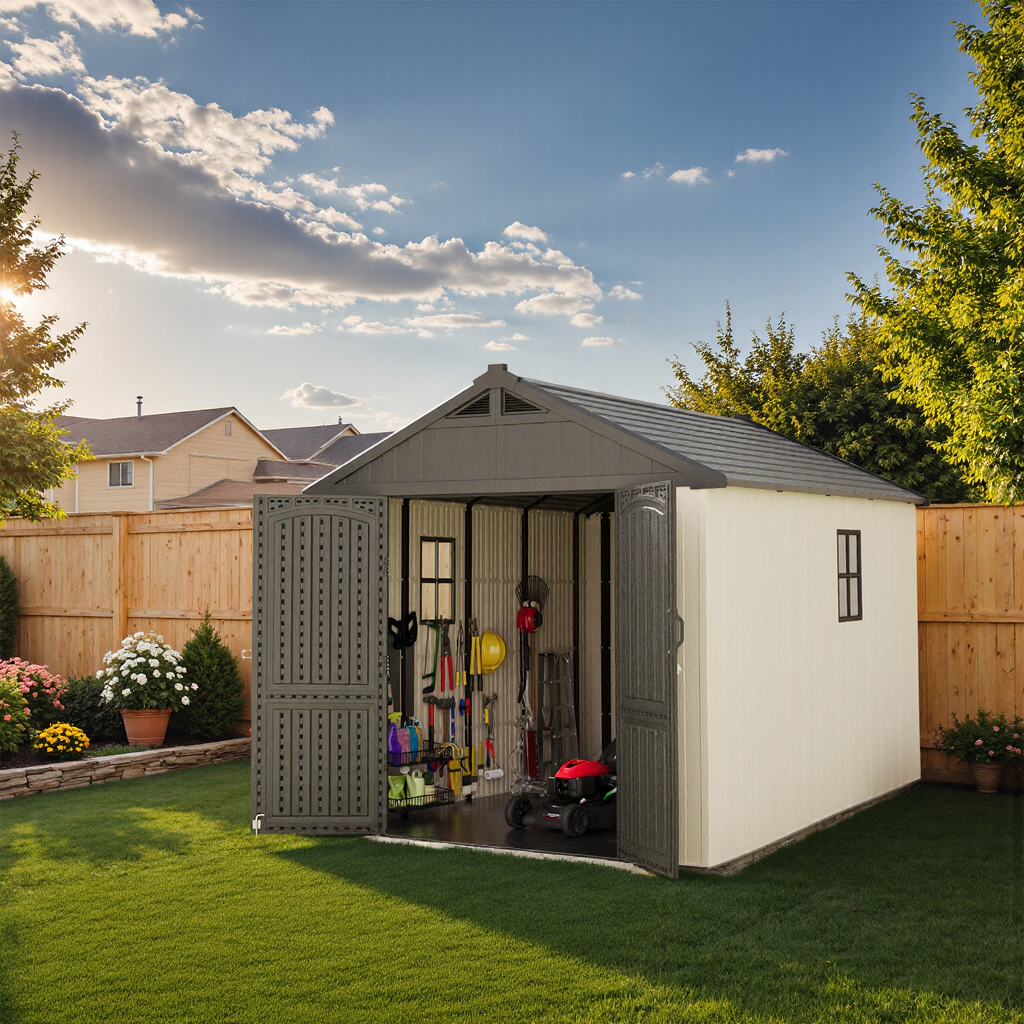
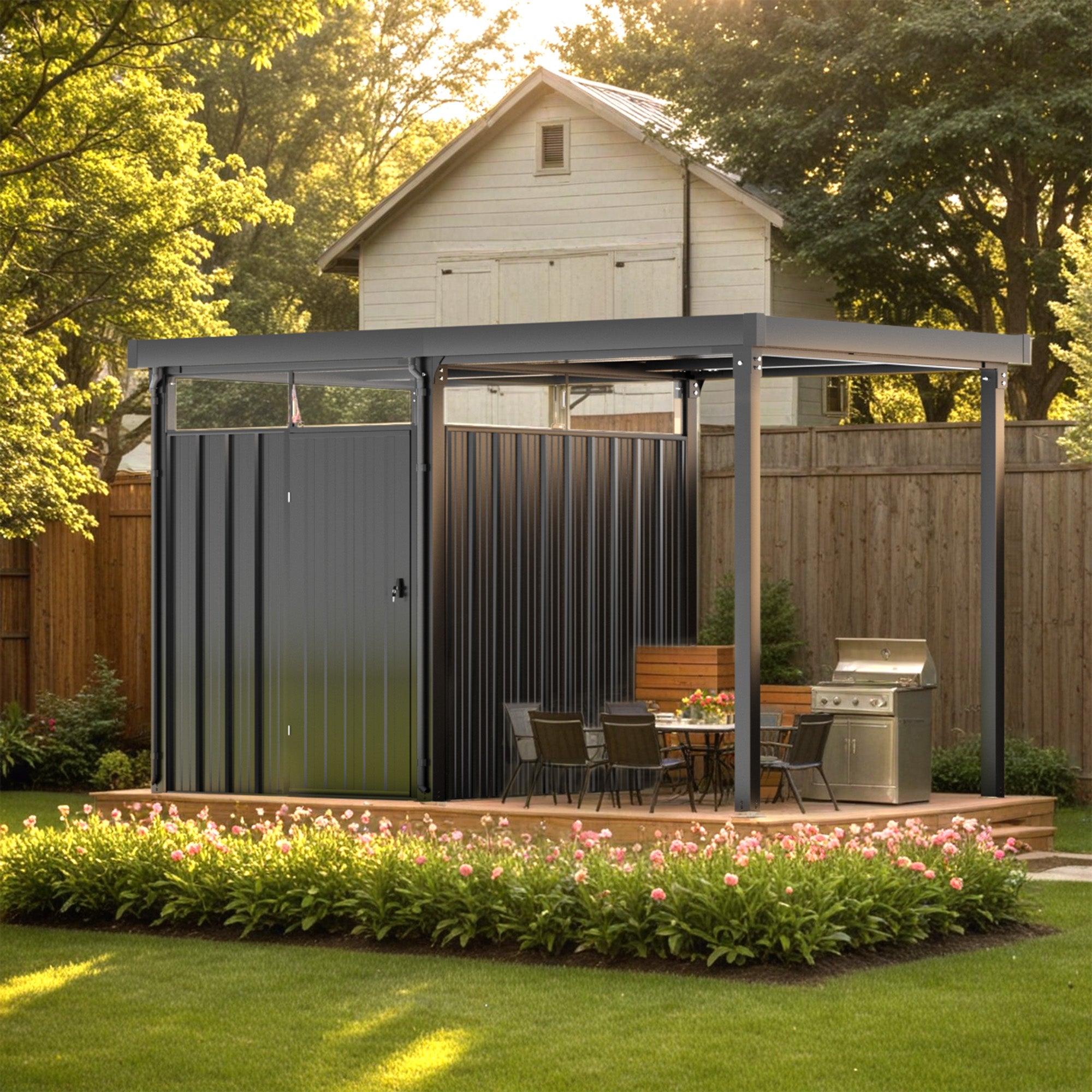

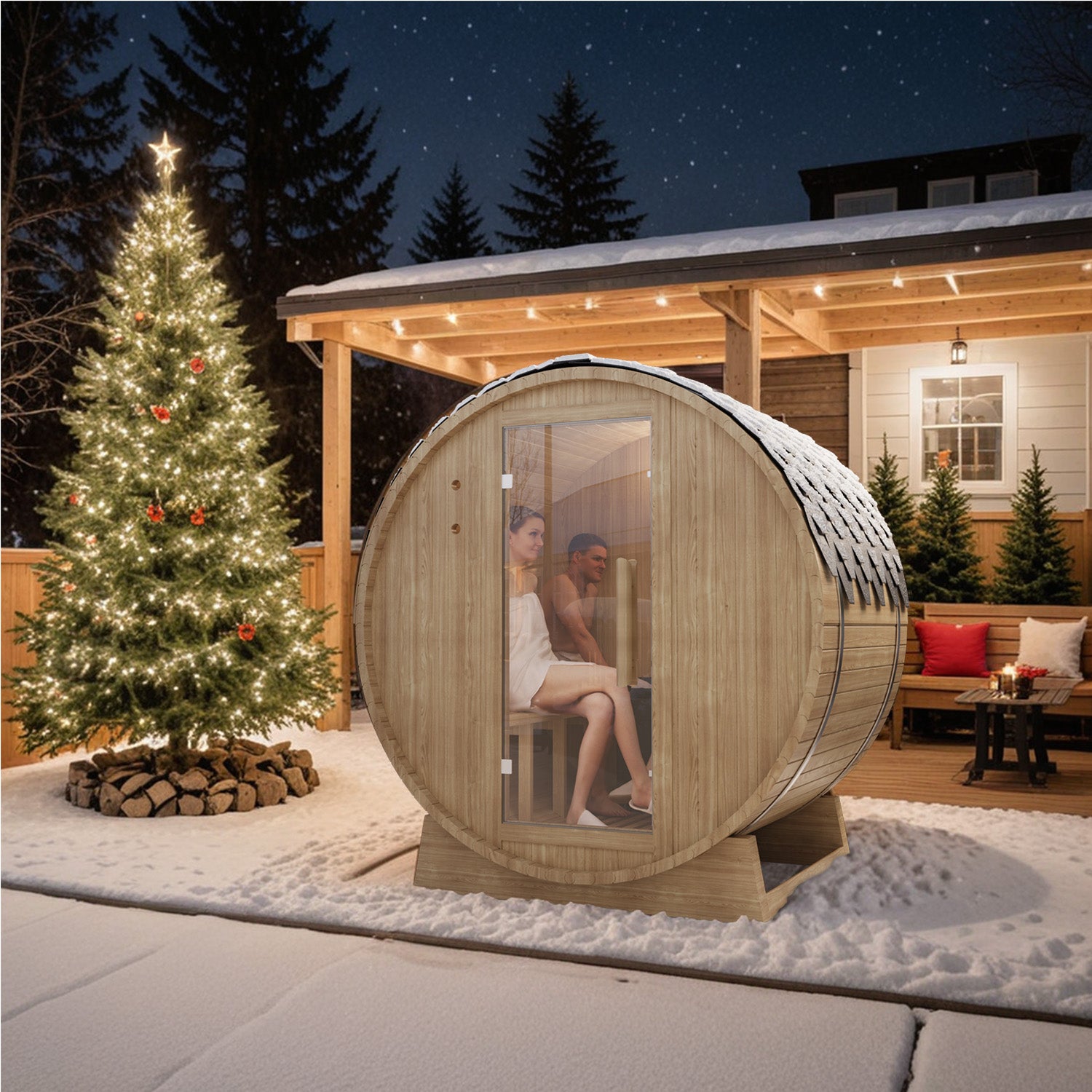
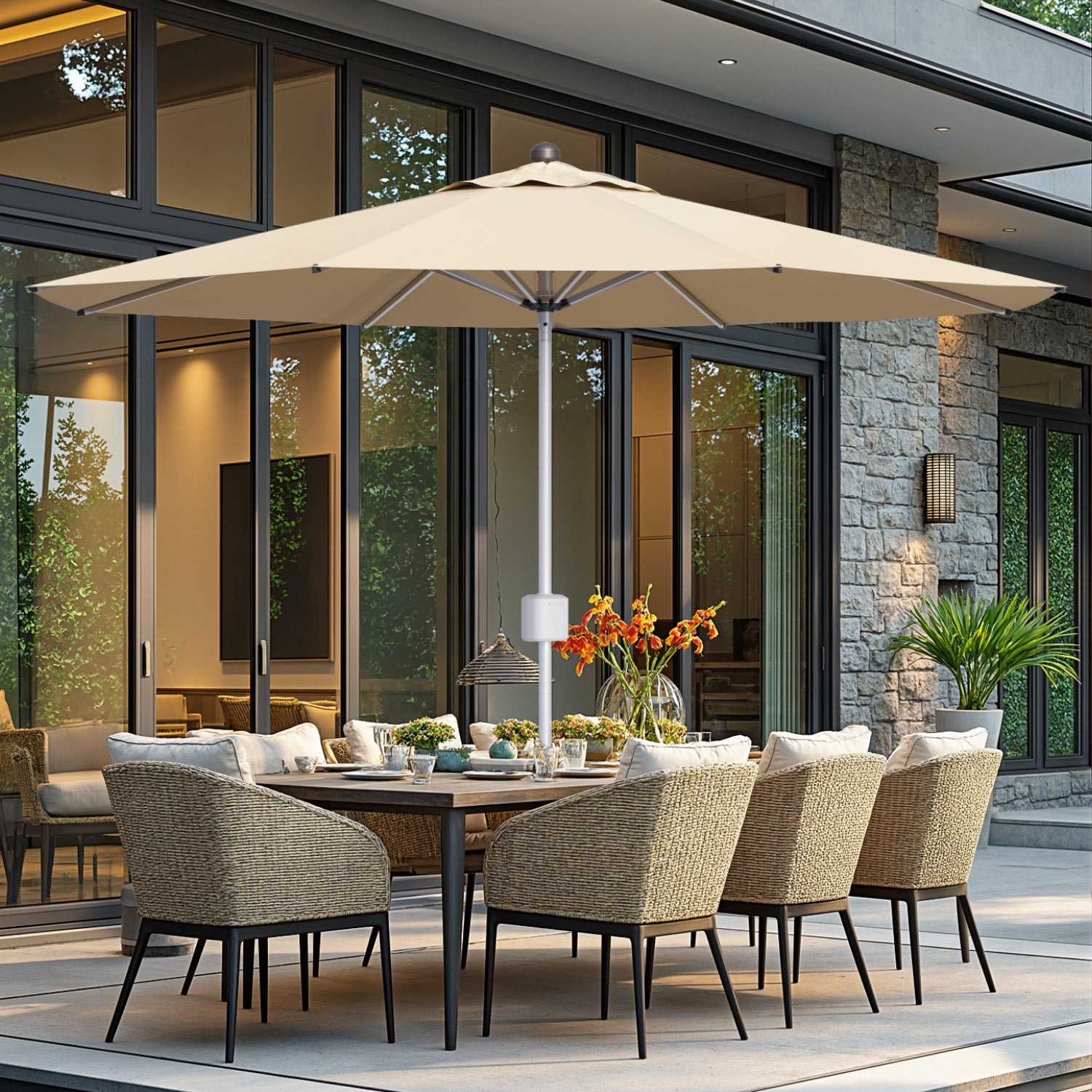


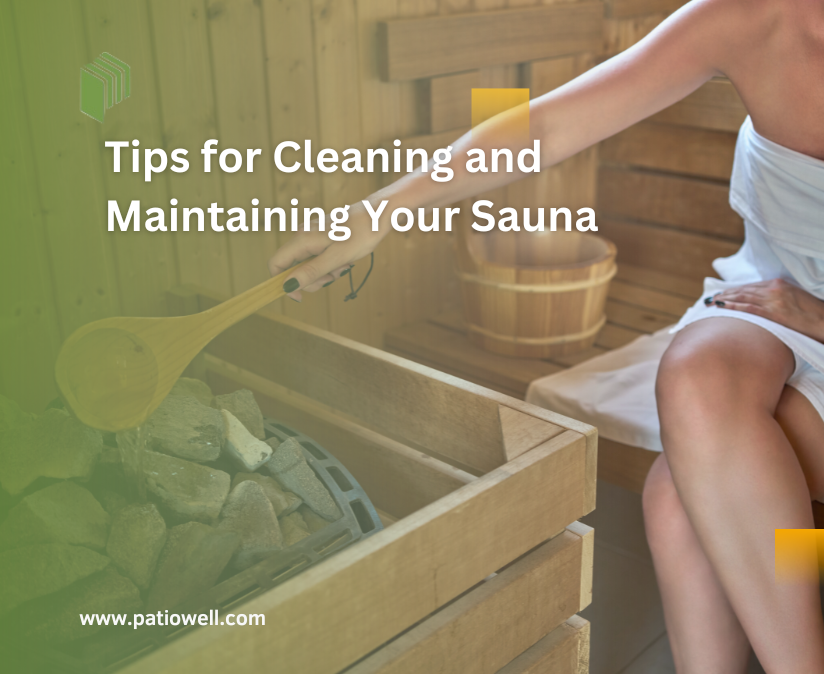
Leave a comment
All comments are moderated before being published.
This site is protected by hCaptcha and the hCaptcha Privacy Policy and Terms of Service apply.